
Related Artworks
Discover similar artworks

Three Designs for Embroidered Headboards, from Nouveaux Liure da Partements, part of Œuvres du Sr. D. Marot
published 1703 or 1712
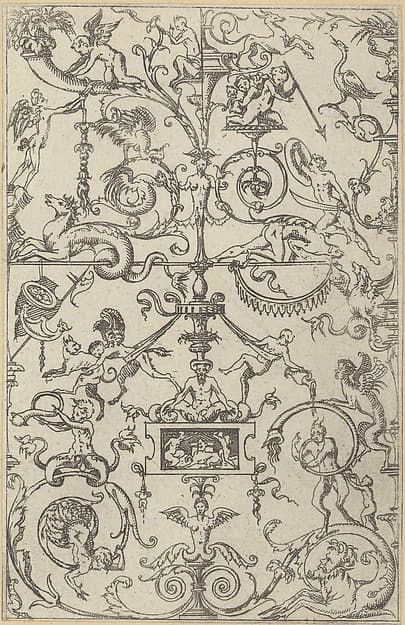
Grotesque Panel
1562

View of the facade of the Hôtel de Ville, Paris, in the foreground a cross on a stepped platform and a freestanding domed building
ca. 1636–91

Doors of the Trianon Appartments plate III from the Series 'Portes a Placard et Lambris', published as part of 'L'Architecture à la Mode'
17th century

Satyr Mask with Hooked Horns and an Ivy Wreath, from Divers Masques
ca. 1635–45

Chimney-Piece with Various Porcelain Vases, from Nouvelles Cheminées Faittes en Plusieur en Droits de la Hollande et Autres Prouinces, part of Œuvres du Sr. D. Marot
published 1703 or 1712

Chimney-Piece with a Bust on the Overmantel, from Nouvelles Cheminées Faittes en Plusieur en Droits de la Hollande et Autres Prouinces, part of Œuvres du Sr. D. Marot
published 1703 or 1712

Satyr Mask with Curled Horns, Leafy Eyebrows and a Cloth Hanging Beneath the Chin, from Divers Masques
ca. 1635–45
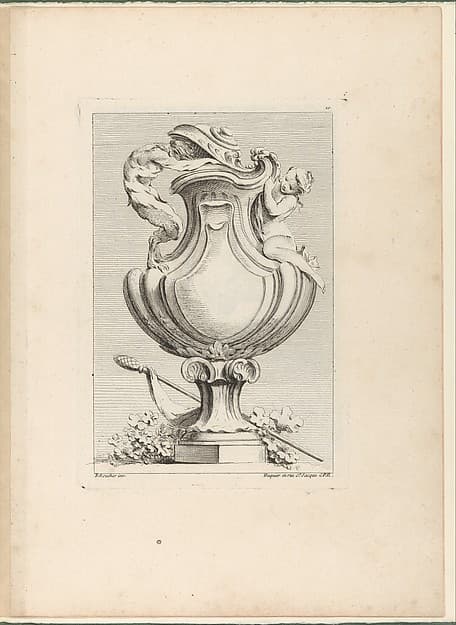
Design for a vase with a faun and a nymph, from Livre de Vases (Book of Vases), plate 10
1742–50

Male Terminal Figure; Head with Beard and Turban on a Three-Quarter Strapwork Pedestal
ca. 1543–45

Desseins de Brasiers dont les Ornements peuuent Seruir aux Cuuettes, Tables, et autres Ouurages d'Orfeurerie, Plate 1
1660–1713

Habit d'Ixion: a man wearing a tonnelet with a sword in the belt, a turban with one large feather on his head, from 'New designs for costumes' (Nouveaux desseins d'habillements à l'usage des balets operas et comedies)
ca. 1721
More by Jean Pillement
Explore other works by this artist

Flowers from Nouvelle Suite de Cahiers de Fleurs ideales a l'usage des dessinateurs et des peintres
1790–99

Flowers from Nouvelle Suite de Cahiers de Fleurs idéales a l'usage des dessinateurs et des peintres (Nr 3)
1790–99

Flowers from Nouvelle Suite de Cahiers de fleurs ideales a l'usage des dessinateurs et des peintres (Nr 1)
1790–99

Design for the "Cahier de Balençoires Chinoises"
1770
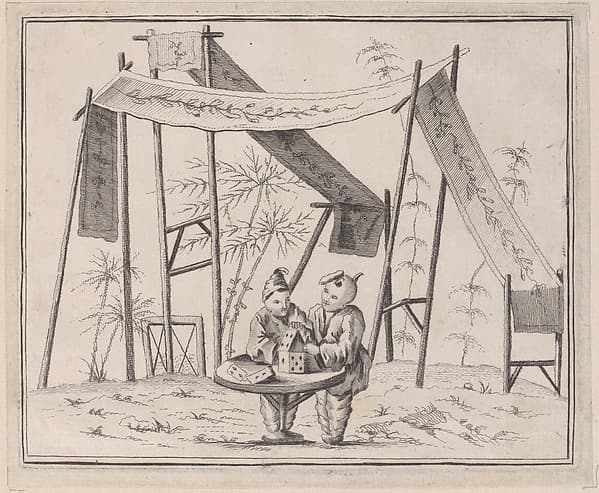
Chinoiserie Ornament
ca. 1760–85

Chinoiserie Ornament
ca. 1760–85

Chinoiserie Ornaments
ca. 1760–85

Chinoiserie Ornaments
ca. 1760–85
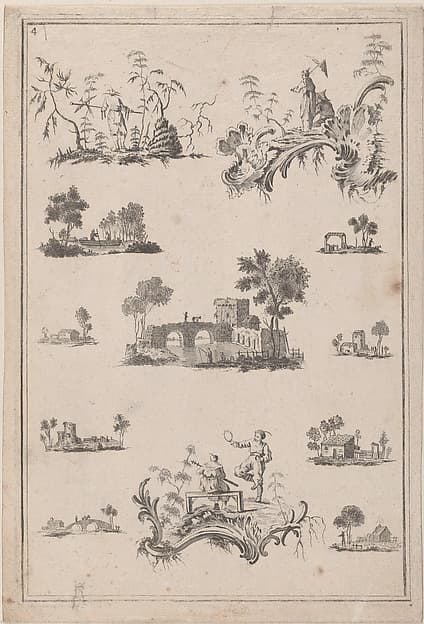
Chinoiserie Ornaments
ca. 1770
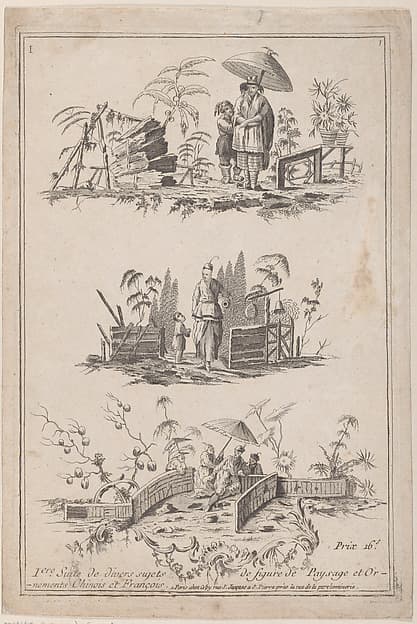
Suite de divers sujets de figure de Paysage et Ornements Chinois et François
ca. 1770

Chinoiserie Ornament Print
1755

A New Book of Chinese Ornaments. Invented & Engraved by J. Pillement
1755